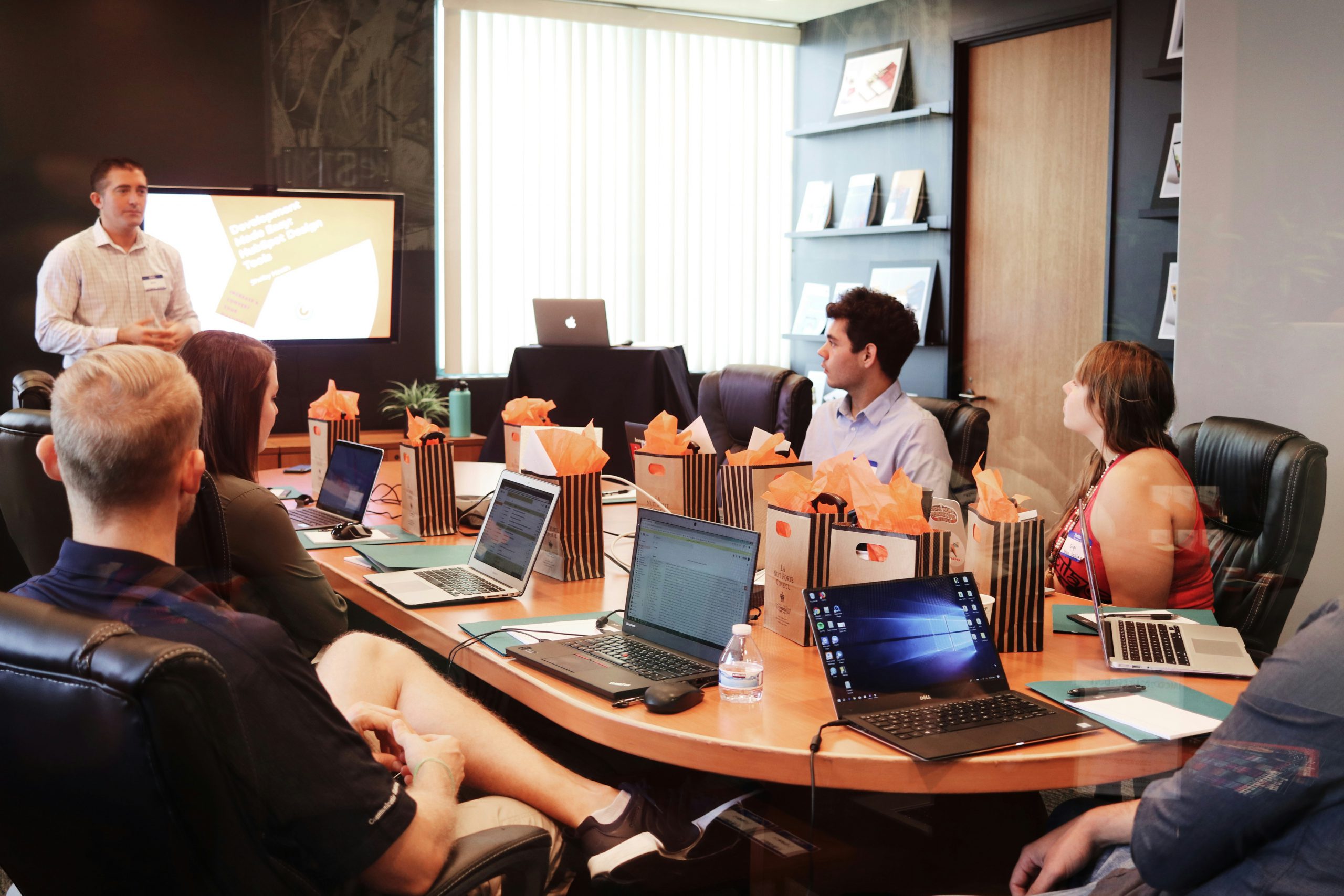
Contact us
Our friendly team would love to hear from you.

Dive into the essentials of Natural Language Processing and Large Language Models. This course offers a hands-on approach to NLP workflows, tokenization, and the Hugging Face ecosystem, building your expertise step-by-step. Perfect for software engineers eager to master NLP.
Master NLP & LLMs in 5 days. Build a strong foundation in natural language processing — from tokenization to classification, embedding methods, and transformer architectures. Learn with hands-on exercises grounded in real-world use cases.
Practical experience with modern tools. Work directly with Huggingface, train and fine-tune models, and apply sequence-to-sequence architectures. Leave the course ready to build, adapt, and deploy real AI language solutions.
Learn, share, and grow together. Join a vibrant group of developers, engineers, and AI enthusiasts. Exchange ideas, get feedback, and stay engaged through community-driven learning and collaborative challenges.
beginner
This day is ideal for beginners with no NLP experience, offering an introduction to tokenization, the Transformers library, and the Hugging Face ecosystem. Advanced users may also find the theoretical parts valuable for the following days of the course.
Read moreThis part targets advanced participants working with neural network architecture in PyTorch, while also offering valuable insights for less experienced users through metrics, model fine-tuning, and dataset handling.
Read moreThis section is aimed at both beginner and advanced programmers, exploring new NLP tasks and use cases with the Transformers API. It also introduces monitoring tools and an evaluation library for those interested in training and model assessment.
Read moreBuilding on the previous workshop, this session introduces new NLP tasks, evaluation metrics, and text generation methods relevant to Transformer architectures, offering value to participants at all levels.
Read moreThis beginner-level workshop introduces LLMs, easing the transition from smaller models and gradually building a foundation for more advanced techniques.
Read moreintermediate
Designed for participants with limited LLM knowledge, this workshop is especially suitable for those who missed earlier sessions, while still offering valuable insights for more advanced attendees.
Read moreWhile technically grounded in the Transformers library, this workshop emphasizes the theory behind prompt engineering, offering valuable insights for programmers of all experience levels.
Read moreThis part explores advanced technical topics and is recommended for participants with experience in ML frameworks like LangChain.
Read moreMaintaining the previous workshop’s difficulty, this session is designed for advanced participants focused on customizing LLM-based solutions.
Read moreThis workshop is recommended for those focused on building and deploying LLM-based systems, with prior experience in relevant tools being essential.
Read moreadvanced
This part introduces RAG, covering its components, advantages over standard LLM use, and ways to enhance its performance. The introductory day brings all participants up to speed, with the full session best approached as a comprehensive, step-by-step guide.
Read moreThis part explores the retrieval component of RAG, covering alternative data sourcing, metadata enhancement, and separate evaluation methods.
Read moreThis part expands on earlier workshops by introducing new components and demonstrating how to tailor RAG systems—ideal for programmers seeking customization.
Read moreThis workshop, best suited for experienced RAG users, covers advanced components that enhance system usability, user-friendliness, and security.
Read morebeginner
This day is dedicated to those aiming to streamline data collection—particularly annotation—though the broad scope ensures relevance for all.
Read moreThe workshop offers insights for all interested in neural networks, with key value for those directly involved in model training or fine-tuning.
Read moreThis workshop focuses on optimizing data mining and post-training quality assurance. It benefits those committed to data quality and model interpretability, including data engineers and R&D researchers.
Read moreThis part addresses post-deployment actions, with key insights for data scientists and engineers involved in data preparation, model training, and fine-tuning—areas most impacted by data and concept drift.
Read moreInterested in mastering Large Language Models? Fill out the form below to receive a tailored quotation for a course designed to meet your specific needs and objectives.